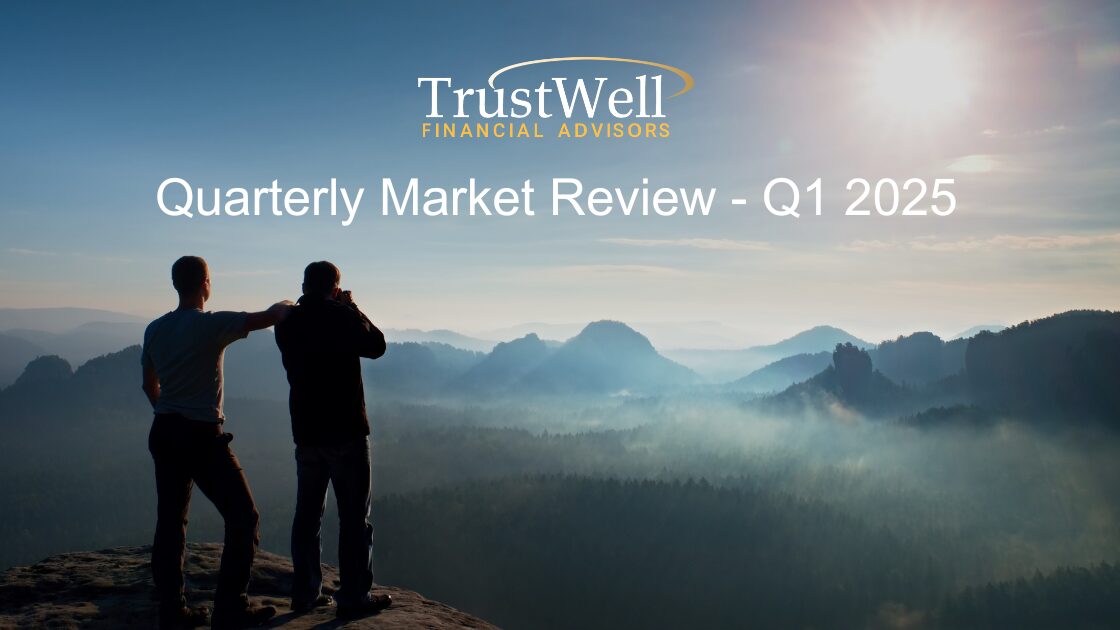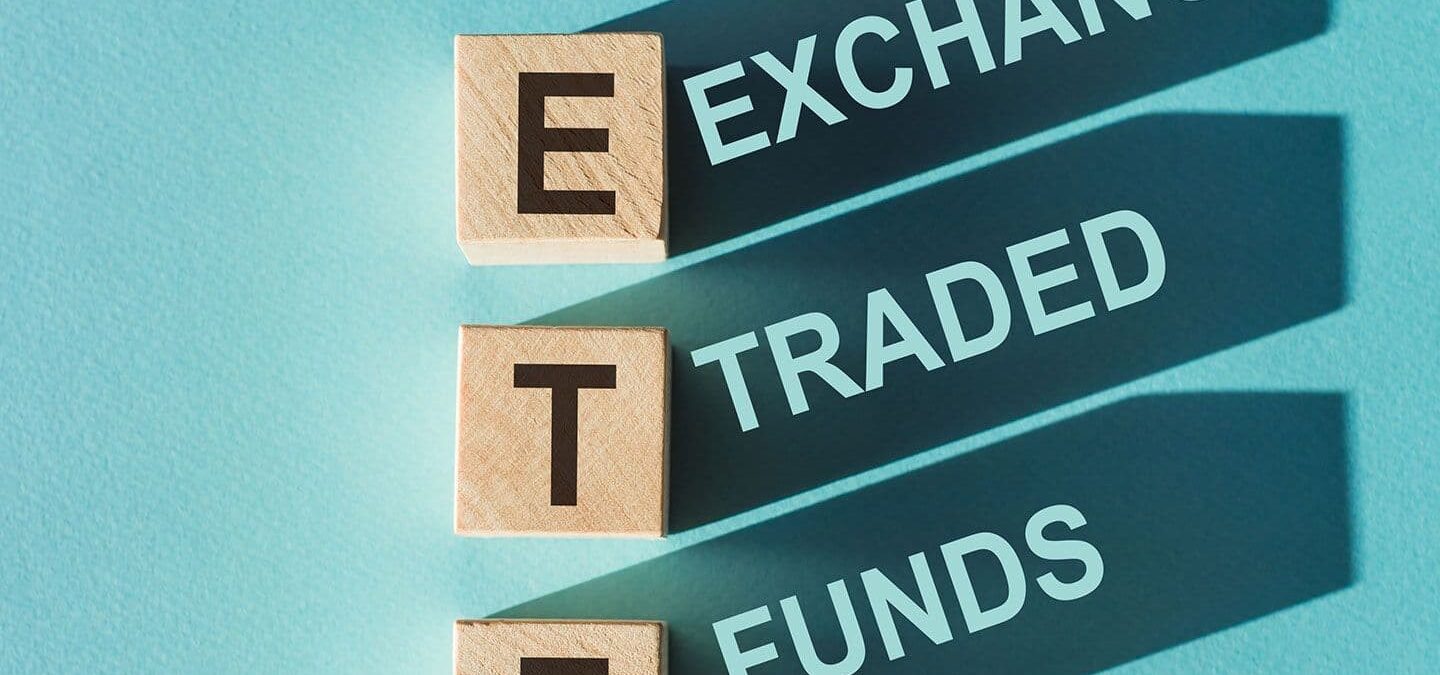
Raising Money-Smart Kids
February 1, 2025
Quarterly Market Review: April 2025
April 1, 2025By Bradley Miller
We are constantly researching ways to invest for our clients to help them best reach their financial goals and we are excited by the growing number of Exchange-Traded Funds (ETFs). With more and more ETFs becoming available and growing in market share, we wanted to provide an overview of what ETFs are and how they compare to traditional Mutual Funds. While both are popular investment vehicles offering diversification; they operate differently and come with distinct advantages and disadvantages.
Understanding the Basics
- Mutual Funds:
- Professionally managed investment funds that pool money from multiple investors to purchase a diversified portfolio of stocks, bonds, or other assets.
- Priced once a day, at the end of the trading day (Net Asset Value or NAV).
- Buying and selling of fund shares occur directly with the fund company.
- Exchange-Traded Funds (ETFs):
- Similar to mutual funds, ETFs hold a basket of assets, but the ETF trades on stock exchanges like individual stocks throughout the trading day at fluctuating market prices.
- Buying and selling of the ETF occur directly on an exchange
Key Differences and Their Implications
| Feature | Mutual Funds | ETFs |
| Expense Ratios | Can vary widely, some actively managed funds have higher fees. | Generally lower expense ratios, especially for index-tracking ETFs. |
| Tax Efficiency | Can generate more capital gains based on distribution requirements. | Generally more tax-efficient due to in-kind creation/redemption process. |
| Management | Both actively and passively managed. | Both actively and passively managed. |
Pros and Cons
Mutual Funds:
- Pros:
- Professional Management: Actively managed funds (one that is trying to beat a market index) offer the potential for outperforming the market (though not guaranteed).
- Simplicity: Easy to understand and invest in, particularly for beginners.
- Automatic Investing: Many funds offer automatic investment plans and the ability to purchase a specific dollar amount as opposed to a whole share amount.
- Diversification: Usually holds a greater number of securities than a comparable ETF.
- Cons:
- Less Flexibility: Limited trading flexibility (once-daily pricing).
- Potentially Higher Fees: Actively managed funds often have higher expense ratios.
- Potential for Capital Gains Distributions: Can lead to unexpected tax liabilities.
ETFs:
- Pros:
- Trading Flexibility: Can be bought and sold throughout the day.
- Lower Expense Ratios: Generally more cost-effective, especially index ETFs.
- Tax Efficiency: Typically more tax-efficient than mutual funds.
- Transparency: Holdings are often disclosed daily.
- Cons:
- Market Fluctuations: Price fluctuations throughout the day can lead to differing prices.
- Potential for Tracking Error: ETFs tracking indexes may not perfectly replicate the index’s performance.
- Difficulty of Actively Managed ETFs: Depending on the type of ETF structure, the fund may have to report their holdings daily which limits their ability to move in and out of positions quickly. See more below.
The tax-efficient nature of ETFs can be a factor in which type of investment account it’s held in. For example, to reduce current year tax liability, you could prioritize ETFs in taxable accounts due to the fact that they generally do not pay out capital gains distributions. We highlighted the benefits of Asset Location in a prior newsletter.
While mutual funds and ETFs both offer actively managed funds, ETFs have been slower to enter the active space due to having to disclose their specific holdings. Generally speaking, a mutual fund must disclose its holdings at least quarterly (often with up to a 60-day lag). Thus, an actively managed mutual fund is able to hide what they are buying/selling on a day-in day-out basis so they can build up a position or begin to exit one. In the past, ETFs have had to disclose their underlying holdings daily, and this has made it difficult for actively managed ETFs to even enter the marketplace. Recently, however, the SEC (Securities and Exchange Commission) has allowed ETFs to have different structures in terms of how they have to report their holdings.
- The first is Fully Transparent (revealing their holdings daily)
- Next is Semi-Transparent (may disclose monthly or quarterly)
- Lastly is Non-Transparent (quarterly disclosure). This structure allows ETF managers the ability to actively manage and be able to buy or sell underlying positions without having to communicate their trades right away.
The investment landscape is always evolving. We will continue to monitor trends in the marketplace and ensure we are doing what is in the best interest of our clients. Remember, we are invested right alongside of you!




